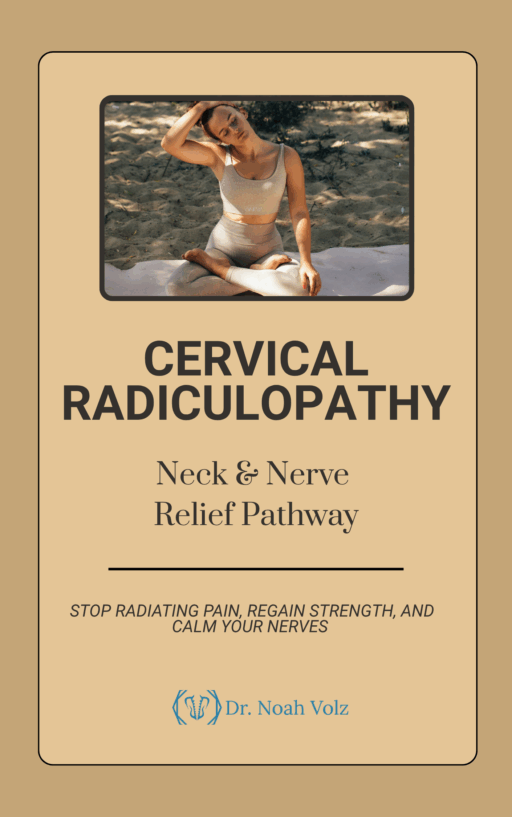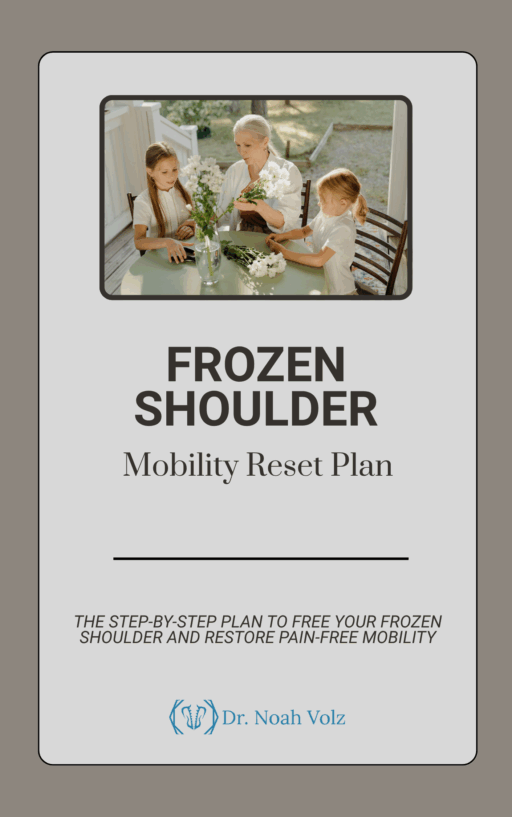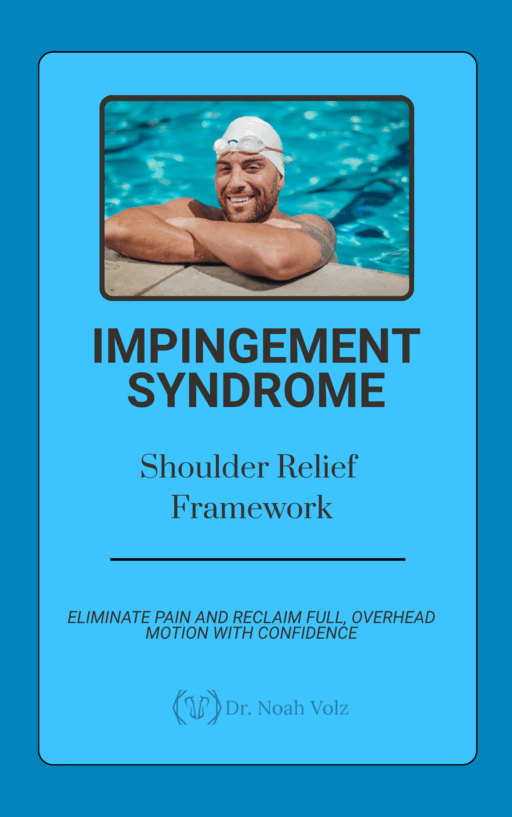Have you ever woken up with a stiff, achy lower back that just wouldn’t loosen up no matter how much you stretched? Or maybe you’ve been dealing with nagging low back pain that comes and goes, but never seems to fully go away? If so, you may be experiencing a condition called lumbar segmental joint restriction.
As a chiropractor in Ashland, OR, I’ve seen countless patients who come in with this type of low back pain. They’re often frustrated, confused, and just want to get back to living their lives without constantly being bothered by their backs. The good news is, lumbar segmental joint restriction is a very common and treatable condition. In this blog post, I’ll explain what it is, what causes it, and how chiropractic care can help.
What Is Lumbar Segmental Joint Restriction?
Your spine is made up of a series of bones called vertebrae, stacked on top of each other with discs in between. Each vertebra has two small joints on the back that connect it to the vertebrae above and below. These joints, called facet joints, help guide and limit the motion of your spine.
In a healthy spine, all of these joints should move freely and independently. But sometimes, due to injury, overuse, or even just the stress of daily life, these joints can become stuck or restricted. This is what we call a lumbar segmental joint restriction.
When a joint is restricted, it doesn’t move as well as it should. This can cause the muscles around the joint to tighten up, leading to stiffness, pain, and loss of normal motion. Over time, joint restrictions can also lead to inflammation and even arthritis in the spine.
What Causes Lumbar Segmental Joint Restriction?
There are many possible causes of lumbar segmental joint restriction. Some of the most common include:
– A sudden injury or accident that twists or jars the spine
– Repetitive motions or positions that put stress on the spine over time
– Poor posture or body mechanics, especially while lifting or bending
– Weak core muscles that don’t support the spine properly
– Imbalances in the muscles or joints of the pelvis and hips
– Stress and tension held in the muscles of the low back
Essentially, anything that puts extra stress or strain on the facet joints of the lumbar spine can lead to joint restrictions over time.
What Are the Symptoms of Lumbar Segmental Joint Restriction?
The most common symptom of lumbar segmental joint restriction is a dull, achy pain in the lower back. This pain may be on one side or both, and it can range from mild to severe. Other signs and symptoms may include:
– Stiffness or tightness in the low back, especially in the morning or after sitting for a long time
– Pain that gets worse with certain movements or positions, like bending forward or standing for a long time
– Pain that eases up when you’re moving around or changing positions frequently
– Difficulty standing up straight or feeling like you need to “crack” your back
– Muscle spasms or knots in the low back muscles
– Pain that radiates into the buttocks or back of the thighs, but not usually down the legs
It’s important to note that while lumbar segmental joint restriction can cause a lot of discomfort, it’s usually not a sign of a serious underlying condition. However, if your pain is severe, comes on suddenly, or is accompanied by numbness, tingling, or weakness in the legs, it’s important to get checked out by a healthcare provider right away.
How Is Lumbar Segmental Joint Restriction Diagnosed?
When you come to see a chiropractor like myself for low back pain, we’ll start by taking a detailed history of your symptoms and medical history. We’ll ask about things like when the pain started, what makes it better or worse, and if you’ve had any recent injuries or accidents.
Next, we’ll do a thorough physical exam to check the motion and alignment of your spine. This may include:
– Observing your posture and how you move
– Feeling the muscles and joints of your low back for tightness or tenderness
– Testing the range of motion of your spine in different directions
– Checking for any signs of nerve irritation or muscle weakness in the legs
In some cases, we may recommend X-rays or other imaging tests to rule out more serious problems. However, this is usually not necessary for diagnosing lumbar segmental joint restriction.
How Can Chiropractic Care Help Lumbar Segmental Joint Restriction?
The main goal of chiropractic care for lumbar segmental joint restriction is to restore normal motion and alignment to the affected joints. This helps reduce pain, inflammation, and muscle tension, and allows your body to heal and function at its best.
At our clinic in Ashland, OR, we use a variety of techniques to address joint restrictions, including:
1. Chiropractic adjustments: Using precise, gentle forces to realign stuck joints and restore normal motion.
2. Soft tissue therapy: Techniques like massage, trigger point therapy, and instrument-assisted soft tissue mobilization (IASTM) to release tight muscles and fascia.
3. Stretching and exercise: Specific movements and exercises to improve flexibility, strength, and stability in the low back and core muscles.
4. Lifestyle advice: Tips on posture, ergonomics, stress management, and other factors that can contribute to low back pain.
The exact treatment plan will depend on your individual needs and goals. We’ll work with you to create a personalized care plan that fits your lifestyle and helps you get back to doing the things you love.
Multiple research studies have shown that chiropractic care can be highly effective for treating lumbar segmental joint restriction and other types of low back pain. In fact, a recent guideline from the American College of Physicians recommends spinal manipulation as a first-line treatment for acute and chronic low back pain.
The key is to address the underlying causes of your pain, not just mask the symptoms with medication. By restoring normal function to your spine and supporting the health of your muscles and joints, chiropractic care can help you find lasting relief and prevent future episodes of pain.
If you’re dealing with low back pain and think you may have lumbar segmental joint restriction, don’t wait to get help. Contact our office in Ashland, OR to schedule a consultation with Dr. Noah Volz today. With our safe, effective, and natural approach to care, we can help you get back to living your best life, without low back pain holding you back.
References:
1. Hoy D, Brooks P, Blyth F, Buchbinder R. The Epidemiology of low back pain. Best Pract Res Clin Rheumatol. 2010 Dec;24(6):769-81.
2. Chou R, Qaseem A, Snow V, et al. Diagnosis and treatment of low back pain: a joint clinical practice guideline from the American College of Physicians and the American Pain Society. Ann Intern Med. 2007 Oct 2;147(7):478-91.
3. Globe G, Farabaugh R, Hawk C, Morris CE, et al. Clinical Practice Guideline: Chiropractic Care for Low Back Pain. JMPT Jan 2016 Volume 39, Issue 1, Pages 1–22.
4. Qaseem A, Wilt TJ, McLean RM, Forciea MA. Noninvasive Treatments for Acute, Subacute, and Chronic Low Back Pain: A Clinical Practice Guideline From the American College of Physicians. Ann Intern Med. 2017 Apr 4;166(7):514-530.
5. Goertz CM, et al. Effect of Usual Medical Care Plus Chiropractic Care vs Usual Medical Care Alone on Pain and Disability Among US Service Members With Low Back PainA Comparative Effectiveness Clinical Trial. JAMA Network Open. 2018;1(1):e180105.
Want to know what kind of back pain you have?
-

Bicep Tendon Pain Solution
$50.00 -

Brain Detoxification & Recovery System
$50.00 -

Brain Energy and Endurance Support System
$50.00 -

Brain-Based Movement and Motor Control Training
$50.00 -

Centralized Low Back Pain
$50.00 -

Cervical Radiculopathy: Neck and Nerve Relief Pathway
$50.00 -

Complex Low Back Pain
$50.00 -

Complex Radiating Low Back Pain
$50.00 -

Cross-Pattern Low Back Pain
$50.00 -

Frozen Shoulder Mobility Reset Plan
$50.00 -

Impingement Syndrome: Shoulder Relief Framework
$50.00 -

Mastering Brain Senses: Rebuild Your Hearing, Vision, and Body Awareness
$50.00













